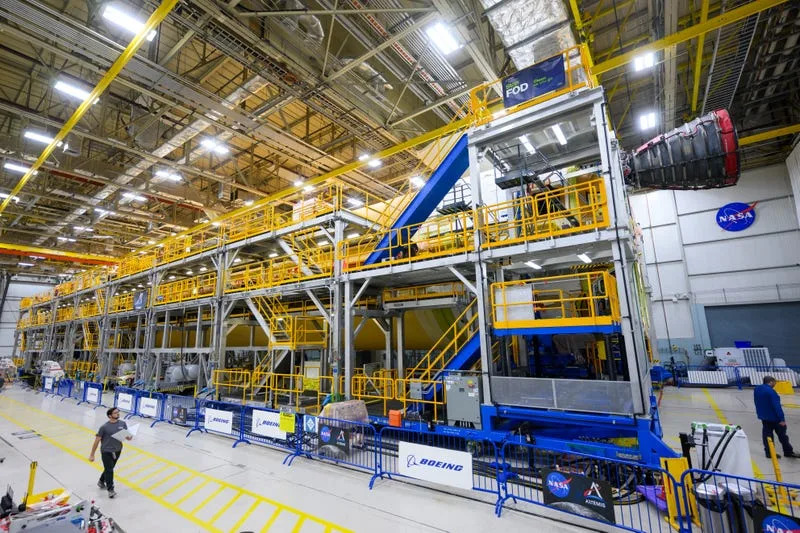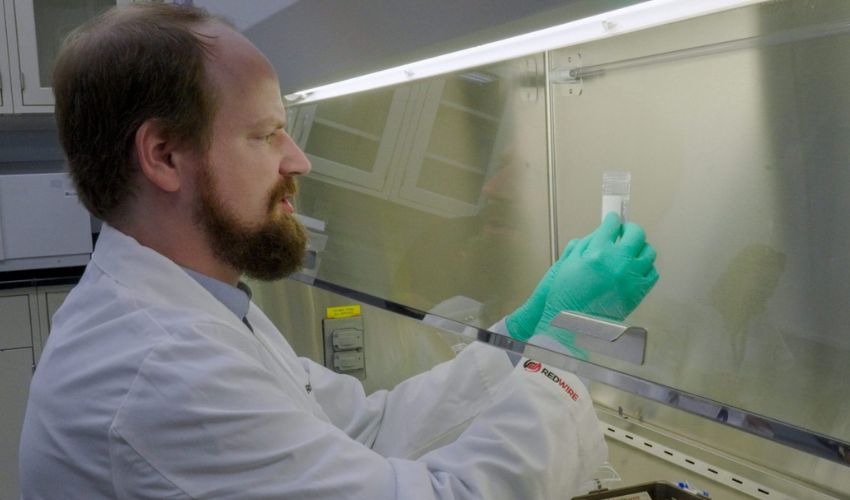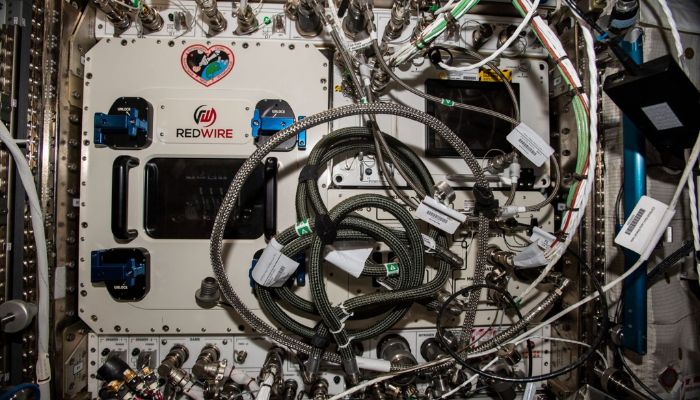Job strain combined with high efforts and low reward doubled men’s heart disease risk
These psychosocial stressors are each associated with heart disease risk and the combination was especially dangerous to men, finds study in Circulation: Cardiovascular Quality and Outcomes journal
Peer-Reviewed PublicationResearch Highlights:
- Men exposed to stressful working conditions who also felt that they put forth high effort but received low reward had twice the risk of heart disease compared to men who were free of those psychosocial stressors.
- The impact of job strain and effort-reward imbalance combined was similar to the magnitude of the impact of obesity on the risk of coronary heart disease, in the study of nearly 6,500 white-collar workers in Canada.
- Results on how work stress affects women’s heart health were inconclusive.
DALLAS, Sept. 19, 2023 — Men who say they have stressful jobs and also feel they exert high efforts for low reward had double the risk of heart disease compared to men free of those stressors, according to new research published today in Circulation: Cardiovascular Quality and Outcomes, a peer-reviewed American Heart Association journal.
“Considering the significant amount of time people spend at work, understanding the relationship between work stressors and cardiovascular health is crucial for public health and workforce well-being,” said lead study author Mathilde Lavigne-Robichaud, R.D., M.S., doctoral candidate, Population Health and Optimal Health Practices Research Unit, CHU de Quebec-University Laval Research Center in Quebec, Canada. “Our study highlights the pressing need to proactively address stressful working conditions, to create healthier work environments that benefit employees and employers.”
Heart disease is the No. 1 cause of death in the U.S. according to American Heart Association statistics. In 2020, nearly 383,000 Americans died of heart disease.
Research has shown that two psychosocial stressors — job strain and effort-reward imbalance at work — may increase heart disease risk. However, few studies have examined the combined effect.
“Job strain refers to work environments where employees face a combination of high job demands and low control over their work. High demands can include a heavy workload, tight deadlines and numerous responsibilities, while low control means the employee has little say in decision-making and how they perform their tasks,” Lavigne-Robichaud explained.
“Effort-reward imbalance occurs when employees invest high effort into their work, but they perceive the rewards they receive in return — such as salary, recognition or job security — as insufficient or unequal to the effort. For instance, if you’re always going above and beyond, but you feel like you’re not getting the credit or rewards you deserve, that’s called effort-reward imbalance.”
The study found:
- Men who said they experienced either job strain or effort-reward imbalance had a 49% increase in risk of heart disease compared to men who didn’t report those stressors.
- Men reporting both job strain and effort-reward imbalance were at twice the risk of heart disease compared with men who did not say they were experiencing the combined stressors.
- The impact of psychosocial stress at work on women’s heart health was inconclusive.
- In men, the impact of job strain and effort-reward imbalance combined was similar to the magnitude of the impact of obesity on the risk of coronary heart disease.
“Our results suggest that interventions aimed at reducing stressors from the work environment could be particularly effective for men and could also have positive implications for women, as these stress factors are associated with other prevalent health issues such as depression,” Lavigne-Robichaud said. “The study's inability to establish a direct link between psychosocial job stressors and coronary heart disease in women signals the need for further investigation into the complex interplay of various stressors and women’s heart health.”
Interventions might include different approaches, such as providing support resources, promoting work-life balance, enhancing communication and empowering employees to have more control over their work, she said.
“The U.S. workforce is among the most stressed in the world, and these workplace stressors can be as harmful to health as obesity and secondhand smoke,” Eduardo J. Sanchez, M.D., M.P.H., FAHA, FAAFP, chief medical officer for prevention at the American Heart Association. “This study adds to the growing body of evidence that the workplace should be prioritized as a vehicle for advancing cardiovascular health for all. The American Heart Association remains committed to and engaged in providing employers with the resources and information they need to actively support the health of their employees and communities through science-backed changes to policy and culture.”
Study background and details:
- Researchers studied nearly 6,500 white-collar workers, average age about 45 years old, without heart disease, and followed them for 18 years, from 2000 to 2018.
- They studied health and workplace survey information for 3,118 men and 3,347 women in a wide range of jobs in Quebec. The surveys included employees working in senior management, professional, technical and office workers roles. Education levels ranged from no high school diploma to university degree.
- Researchers measured job strain and effort-reward imbalance with results from proven questionnaires and retrieved heart disease information using established health databases.
One study limitation is that the researchers studied men and women in white-collar jobs primarily in Quebec, Canada, and the results might not fully represent the diversity of the American working population. However, the study findings may be relevant to white-collar workers in the United States and other high-income countries with similar job structures, according to Lavigne-Robichaud.
Co-authors, disclosures and funding sources are listed in the manuscript.
Studies published in the American Heart Association’s scientific journals are peer-reviewed. The statements and conclusions in each manuscript are solely those of the study authors and do not necessarily reflect the Association’s policy or position. The Association makes no representation or guarantee as to their accuracy or reliability. The Association receives funding primarily from individuals; foundations and corporations (including pharmaceutical, device manufacturers and other companies) also make donations and fund specific Association programs and events. The Association has strict policies to prevent these relationships from influencing the science content. Revenues from pharmaceutical and biotech companies, device manufacturers and health insurance providers and the Association’s overall financial information are available here.
Additional Resources:
- Multimedia is available on the right column of release link https://newsroom.heart.org/news/job-strain-combined-with-high-efforts-and-low-reward-doubled-mens-heart-disease-risk?preview=82782823ad70b9bf0e79fa0396ad8564
- After Sept. 19, view the manuscript online.
- AHA health information: Stress and Heart Health
- AHA initiative: Well-being Works Better™
- AHA news release: Mental wellness is important for a healthy heart and brain (May 2023)
- Follow AHA/ASA news on X (formerly known as Twitter) @HeartNews
- Follow news from the AHA’s Circulation: Cardiovascular Quality and Outcomes journal @CircOutcomes
About the American Heart Association
The American Heart Association is a relentless force for a world of longer, healthier lives. We are dedicated to ensuring equitable health in all communities. Through collaboration with numerous organizations, and powered by millions of volunteers, we fund innovative research, advocate for the public’s health and share lifesaving resources. The Dallas-based organization has been a leading source of health information for nearly a century. Connect with us on heart.org, Facebook, X (formerly known as Twitter)or by calling 1-800-AHA-USA1.
###
JOURNAL
Circulation Cardiovascular Quality and Outcomes
ARTICLE TITLE
Psychosocial Stressors at Work and Coronary Heart Disease Risk in Men and Women:18-Year Prospective Cohort Study of Combined Exposures



















